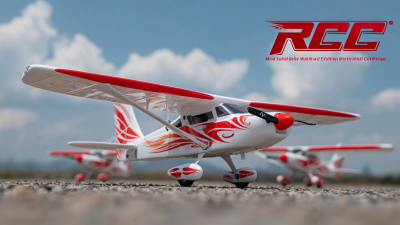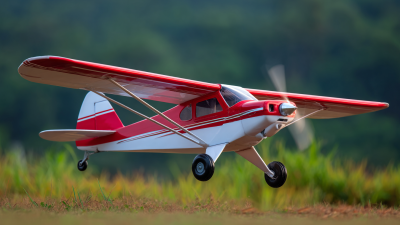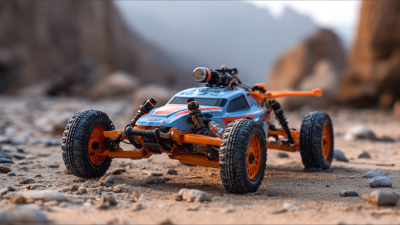The popularity of RC airplane kits has soared in recent years, driven by a growing interest in
remote-controlled hobbies among enthusiasts of all ages. According to a report by MarketsandMarkets, the global market for hobby grade
drones, which includes RC airplane kits, is projected to reach $1.4 billion by 2024,
reflecting a compound annual growth rate (CAGR) of 14.4% from 2019 to 2024.
This surge can be attributed to advancements in technology, increased accessibility of materials,
and a vibrant community of hobbyists sharing tips and experiences online.
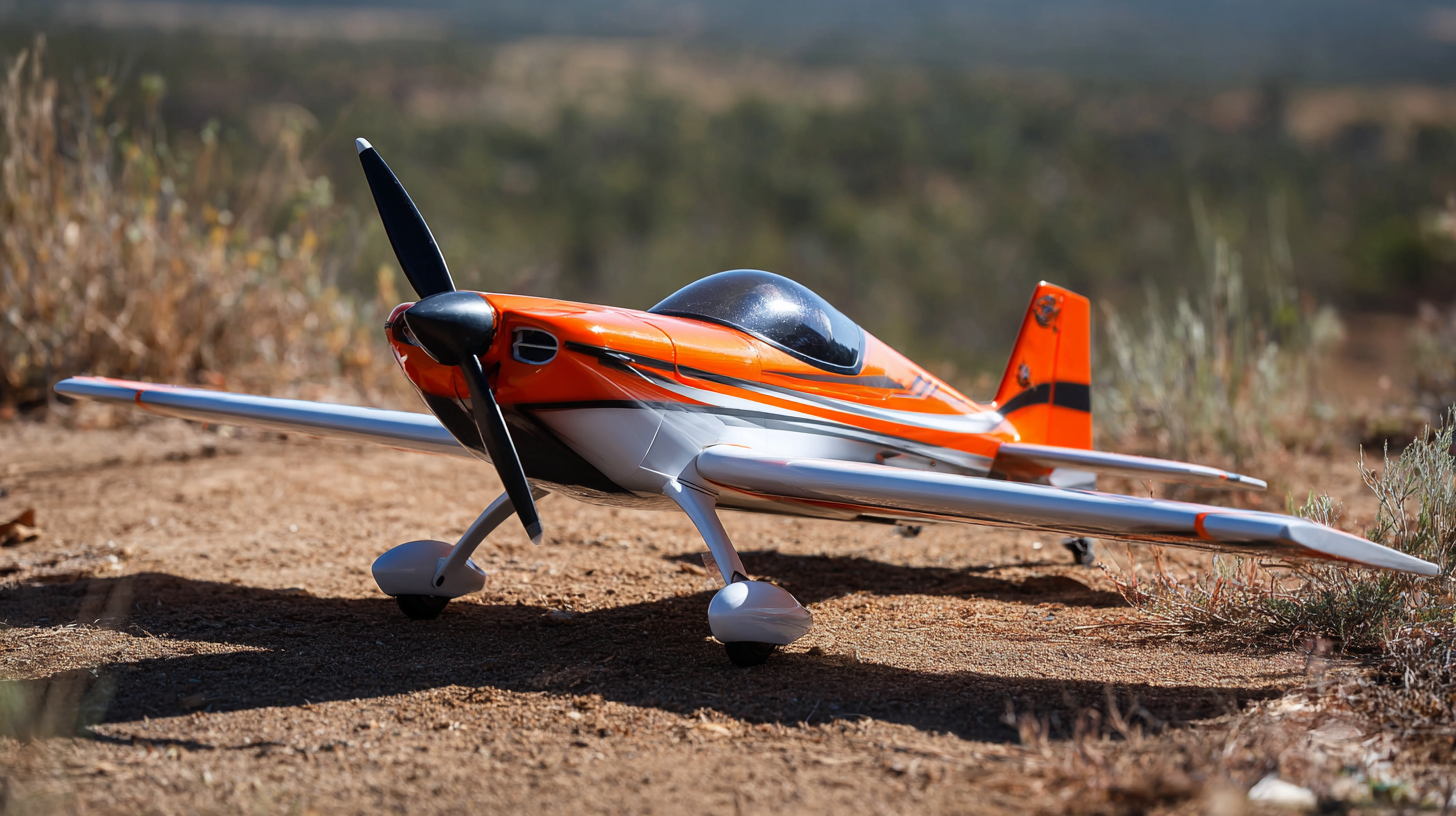 With various types of RC airplane kits available, from beginners to advanced models, individuals can
find a perfect match that suits their skill level and interests. Building and flying your own RC airplane
not only provides thrilling entertainment but also fosters creativity and technical skills, making it a
fulfilling activity for anyone looking to explore the skies.
With various types of RC airplane kits available, from beginners to advanced models, individuals can
find a perfect match that suits their skill level and interests. Building and flying your own RC airplane
not only provides thrilling entertainment but also fosters creativity and technical skills, making it a
fulfilling activity for anyone looking to explore the skies.
When selecting the right RC airplane kit, it's essential to consider your skill level to ensure an enjoyable and successful building experience. Beginners should look for ready-to-fly (RTF) kits that come with pre-assembled components and comprehensive instructions. These kits typically require minimal assembly and focus on basic flying techniques, allowing new enthusiasts to experience the thrill of flying without overwhelming complexity. Exploring options like foam planes or simple balsa wood kits can also be a great way to familiarize yourself with the hobby while gaining hands-on experience.
For those with more experience, advanced kits offer a rewarding challenge. These kits often require more intricate assembly, including building the airframe and installing electronics. Intermediate hobbyists might enjoy mid-level kits that strike a balance between complexity and ease of assembly. Meanwhile, seasoned flyers can explore high-performance models that demand advanced skills and a deeper understanding of aerodynamics and control. Choosing a kit that aligns with your ability not only enhances your building experience but also ensures you derive maximum enjoyment from flying your RC airplane.
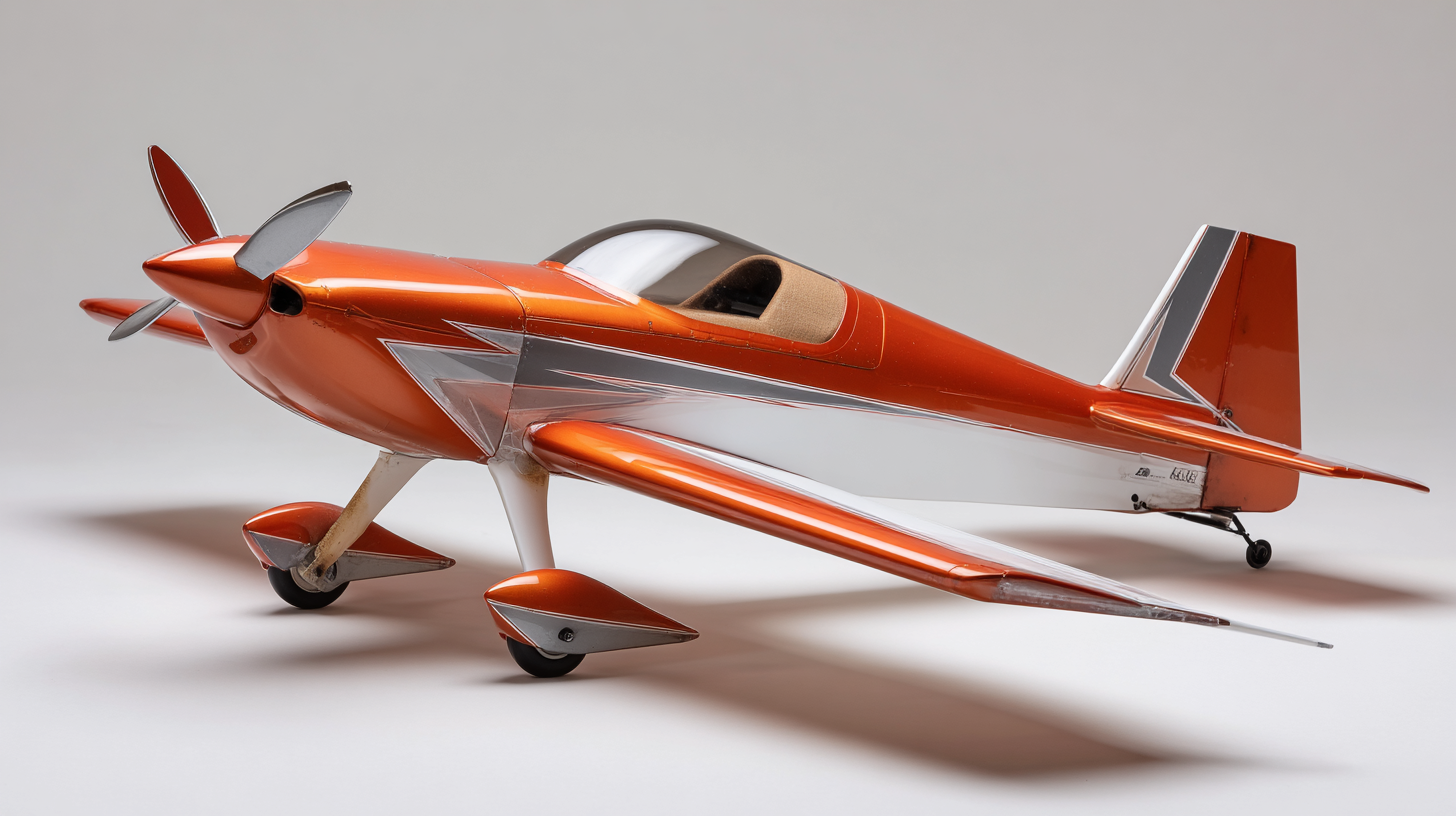
Building your own RC airplane is an exciting and rewarding hobby, but it requires the right tools and materials to ensure a successful experience. First and foremost, you'll need a reliable set of hand tools, including a hobby knife, screwdrivers, and pliers, which are essential for assembling the various components. A cutting mat will help protect your work surface, while a ruler and measuring tape are crucial for achieving precise cuts and measurements. Additionally, having a soldering iron on hand is useful for making electrical connections, especially if you plan to integrate advanced features into your RC airplane.
In terms of materials, the choice largely depends on the type of airplane you want to build. Balsa wood and foam are popular choices for airframe construction due to their light weight and ease of handling. You'll also need adhesive, such as cyanoacrylate glue or epoxy, to securely bond the parts together. Don't forget to invest in electronic components, including a motor, speed controller, servos, and a receiver—these elements are vital for the functionality and control of your aircraft. By gathering these essential tools and materials, you're well on your way to creating a fantastic RC airplane that provides hours of enjoyment.
Assembling an RC airplane kit can be an incredibly rewarding experience, allowing you to immerse yourself in the world of model aviation. To get started, carefully unpack your kit and familiarize yourself with all the components. Lay out the parts according to the assembly instructions, ensuring you have everything you need at hand. Begin by assembling the main fuselage, following the step-by-step guide provided. Pay close attention to the alignment and securing of parts, as a well-assembled foundation will contribute to the plane's performance and durability.
Once the fuselage is complete, proceed to add the wings and tail sections. Ensure that you use the appropriate adhesives and connectors, as this will enhance stability during flight. After attaching the necessary electronic components, such as the motor and servos, double-check all wiring to prevent any potential issues. Finally, after painting and decorating your airplane to reflect your personal style, it's time to conduct a pre-flight check. Inspect all moving parts and control surfaces to ensure they are functioning correctly. Your carefully assembled RC airplane is now ready for the skies, promising hours of exhilarating flying fun.
When it comes to testing and flying your RC airplane safely, preparation is key. Begin by conducting a thorough pre-flight checklist. This should include checking the integrity of the airplane's structure, making sure all control surfaces are functioning correctly, and ensuring that your battery is fully charged. A well-maintained aircraft is less likely to experience technical failures during flight, which can lead to accidents. Additionally, ensure that your transmitter and receiver are properly bound, and perform a range test to confirm that you have effective control over your airplane.
Once you are ready to take to the skies, choose an appropriate flying location—ideally, a spacious area away from people, animals, and obstacles. Be aware of the wind conditions, as particularly strong winds can make flying difficult and increase the risk of losing control. Start with low-altitude, gentle maneuvers to get a feel for your airplane's handling. Always keep your eyes on the plane, and be prepared to react quickly to any sudden changes or challenges during flight. Familiarizing yourself with these safety tips will not only enhance your flying experience but also contribute significantly to the longevity of your RC airplane.
| Aspect | Details |
|---|---|
| Kit Type | Ready-to-Fly (RTF), Almost Ready-to-Fly (ARF), and Kit Build |
| Material | Balsa Wood, Foam, Plastic, and Carbon Fiber |
| Recommended Tools | Glue, Knife, Screwdriver Set, and Soldering Iron |
| Safety Gear | Goggles, Gloves, and Protective Clothing |
| Flight Testing Tips | Perform pre-flight checks, choose open areas, and avoid windy days |
| Common Problems | Loss of signal, battery issues, and structural failures |
| Enjoyment Tips | Join local clubs, participate in events, and share experience with others |
Building your own RC airplane can be a highly rewarding hobby, especially when you dive into modifications and upgrades that enhance the flying experience. By customizing various components, you can significantly improve performance, stability, and aesthetics. One of the most effective upgrades includes swapping out the stock motor for a more powerful brushless version, which increases speed and efficiency. Additionally, considering advanced flight control systems can provide better responsiveness and allow for more complex maneuvers.
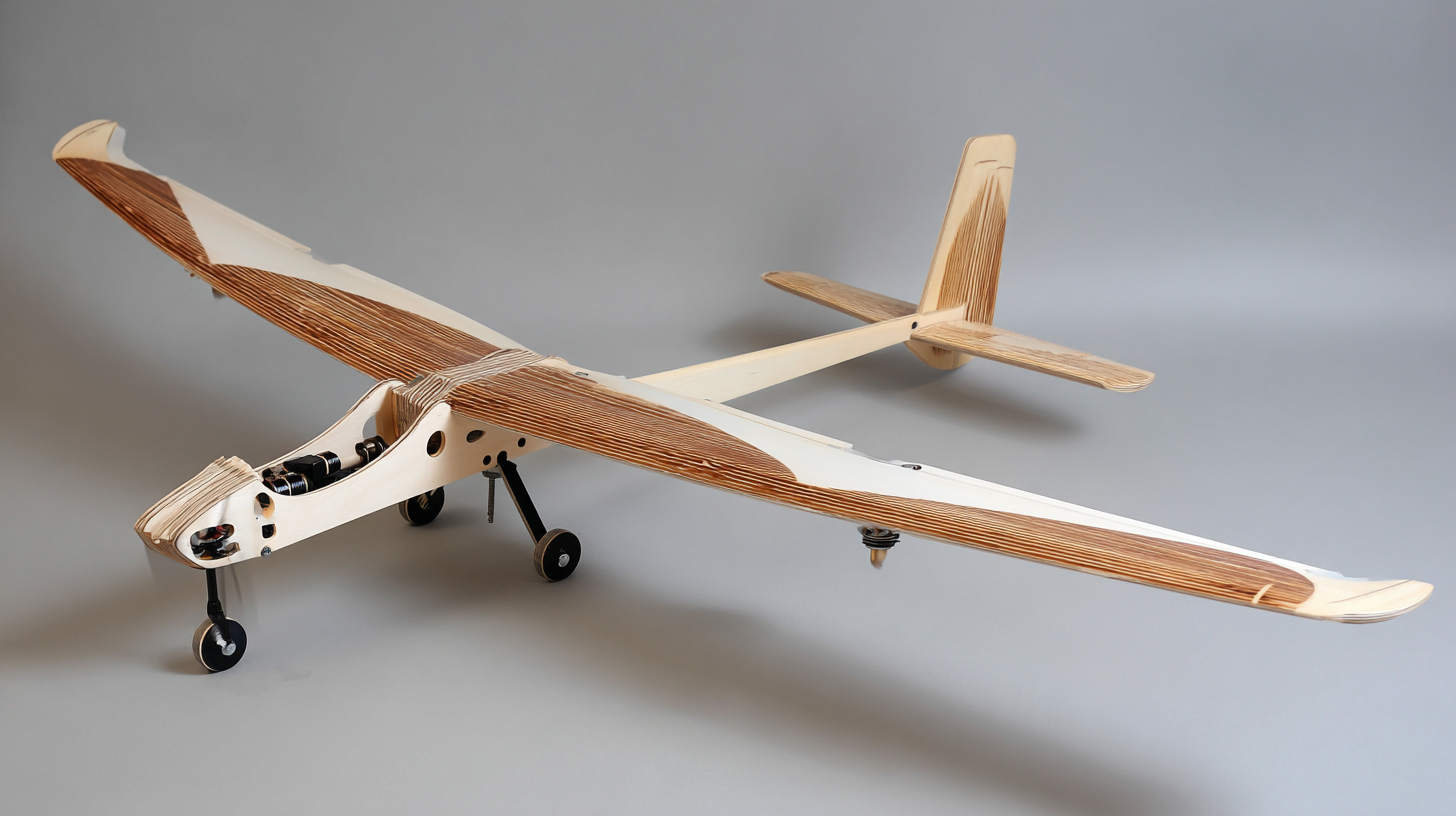
Tips: Start with lightweight materials like foam or balsa wood to improve maneuverability. Also, consider adding LED lights for visibility and a unique touch during evening flights. Don't forget about the importance of proper battery selection; a lightweight, high-capacity battery can extend your flight time significantly.
Furthermore, fine-tuning the control surfaces can significantly enhance the airplane's handling. Adjusting the throws of ailerons, elevators, and rudders can make your RC airplane more responsive to your commands. Testing different setups and configurations can lead to a truly personalized flying experience, making every flight thrilling and enjoyable.
